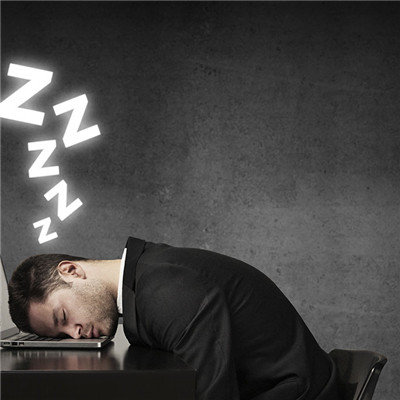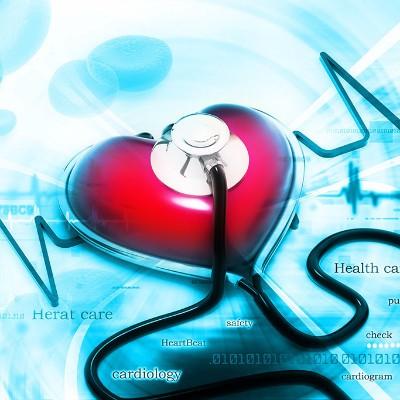Symptoms of restless legs syndrome
summary
Restless legs syndrome (RLS) is also known as hyperactive legs syndrome or restless legs syndrome. This syndrome was first recorded by Willis (1685). Wittnack (1861) was called as anxiety tibia. In France, it was called impact muscle. In 1943, Allison also called it leg jitters. In 1944, ekborn initially called it as asthenic crural paresthenia. Until 1945, Ekbom called it restless leg syndrome, Later, it was also called Ekbom syndrome. Gorman believes that RLS can be found in 5% of normal people.
Symptoms of restless legs syndrome
RLS can occur in all age groups, but it is more common in adults over 40 years old. Symptoms mainly occurred in the lower limbs, but also involved in the thighs and feet, can be heavy on one side, or only limited to one side of the lower limbs, but rarely affected the upper limbs and hands. The main manifestations of paroxysmal diseases are deep pain, numbness, burning, crawling and itching of affected limbs.

Symptoms occur at rest, but not during the day when working, working or exercising. Symptoms often force the patient's legs to keep moving, and even linger indoors and outdoors for a long time, in order to relieve the symptoms, so it is named restless legs syndrome.

The periodic leg movement in sleep is a rigid flexion movement, which occurs at least 40 times in 6 hours of sleep. The involuntary leg movement when awake, and the involuntary flexion movement of lower limbs often occur when lying or sitting.

matters needing attention
Find out some foods that aggravate your symptoms, such as coffee, tea and wine, and try to avoid drinking them; Balanced diet, eat more fruits, vegetables, protein and starch food; Maintain a healthy weight through a healthy diet.














